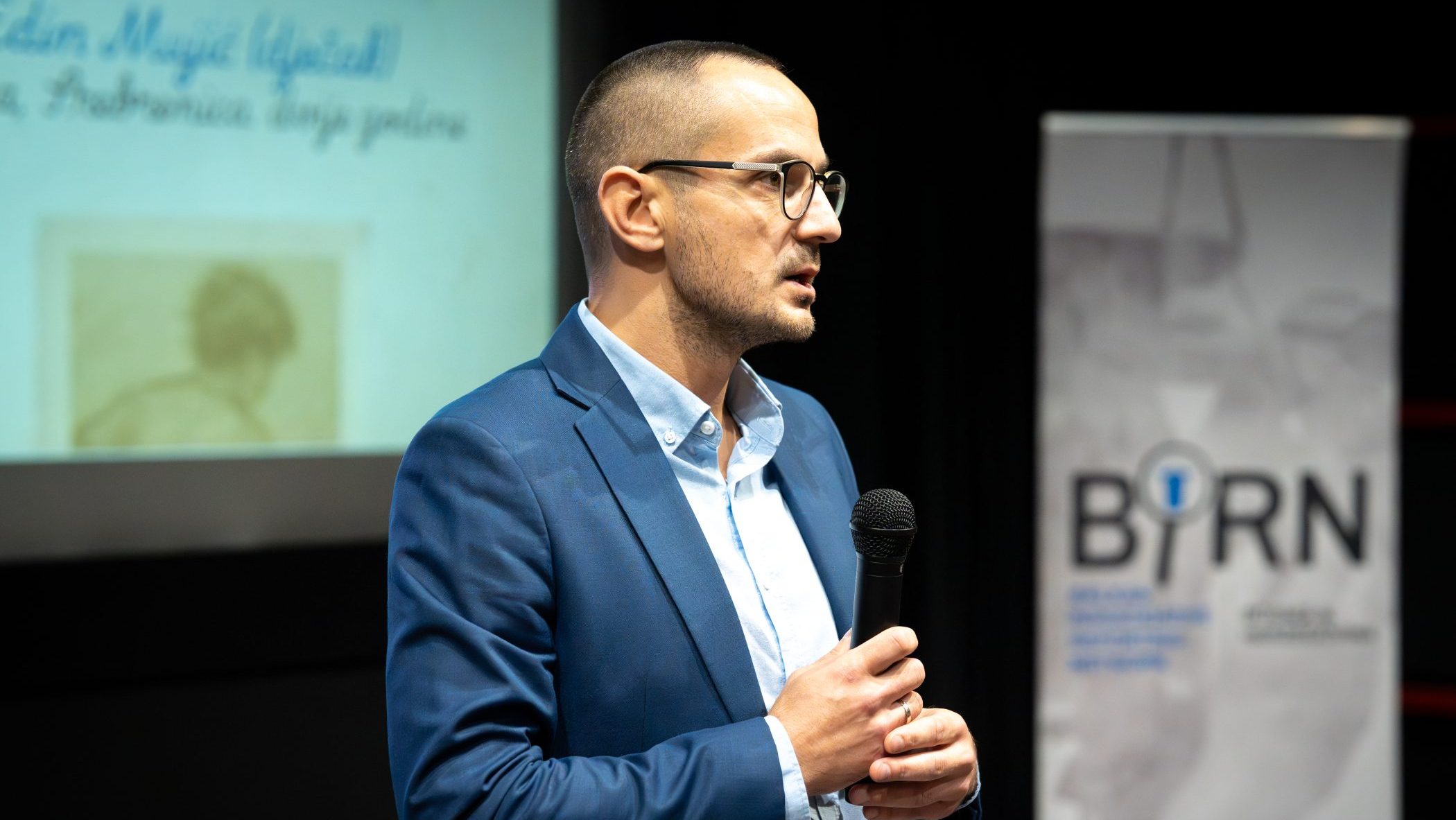This post is also available in: Bosnian
The Defence of Ratko Mladic suggests before The Hague Tribunal that the then President of Republika Srpska, RS, and supreme Commander of the RS Army Radovan Karadzic “skipped” the Main Headquarters of the RS Army in March 1995, when he ordered lower units to create “an unbearable situation” for Muslim civilians in Srebrenica.
Witness Manojlo Milovanovic, the then Chief of the Main headquarters of VRS and Deputy Commander of Mladic, confirmed that Karadzic sent his Directive no. 7 to the VRS Drina Corps directly, instead of sending it through the Main Headquarters and General Mladic.
Under the Directive no. 7 from March 1995, Karadzic ordered the Drina Corps of VRS to “undertake planned and well-thought combat activities” in Srebrenica and Zepa, which were under the protection of the United Nations, UN, at the time, “in order to create an unbearable situation of complete uncertainty without hope for further survival and life of the civilian population.”
Milovanovic said that Karadzic’s Directive was “unlawful” and contrary to the Geneva Conventions, adding that it was “a political decision”.
The indictment charges Mladic with genocide against about 7,000 Muslims in the days that followed the occupation of the enclave by VRS on July 11, 1995. Karadzic is on trial before The Hague Tribunal for that same crime.
Responding to a suggestion by Defence attorney Lukic, Milovanovic confirmed that Mladic subsequently sent an order to the VRS Drina Corps, but he omitted Karadzic’s unlawful order to subject the local population in the enclaves to pressure.
“He omitted two things. The first one was the disputable sentence about creating difficult conditions for civilians. The second one was the order to forcedly separate Srebrenica and Zepa,” Milovanovic said.
During the cross-examination Milovanovic accepted a series of suggestions by Mladic’s Defence, which said that UNPROFOR acted in favour of the Army of Bosnia and Herzegovina, ABiH, as of the moment when Srebrenica, Zepa, Sarajevo and Bihac had been proclaimed UN protected zones.
When asked whether UNPROFOR acted as the ABiH’s “human shield”, the witness said: “I cannot guarantee that it acted as ‘a human shield’, but I can guarantee that it acted as an associate and ‘front detachment’ of the Muslim Army.”
Milovanovic said that, following the Srebrenica crisis in the spring of that same year, Philipp Morillon, Commander of “blue helmets”, evacuated “most ABiH members”, who were among 12,000 local residents, from that enclave ahead of the VRS offensive.
According to the witness’ testimony, despite an agreement on the demilitarisation of the UN’s “protected zones”, “16,500 Muslim soldiers” were present in Srebrenica, Gorazde and Zepa in January 1994. About 6,500” members of ABiH attacked the surrounding Serb villages from the Srebrenica enclave.
“Naser Oric was the master of Srebrenica. He had all the powers,” Milovanovic said, adding that the local authorities intentionally exaggerated the number of refugees in Srebrenica in order to get more humanitarian deliveries, which were distributed and used by the Army.
The Hague Tribunal previously acquitted Oric of charges for crimes in Srebrenica.
When asked by the Defence whether the top RS leaders offered the demilitarisation of Sarajevo, Milovanovic said: “President Karadzic insisted that Sarajevo be divided prior to the cessation of fire on the city and that the city be declared open and undefended. Muslims always refused that under some excuses.”
Mladic is also charged with terror against civilians in Sarajevo through long-lasting shelling and sniping, persecution of Muslims and Croats throughout Bosnia and Herzegovina, which reached the scale of genocide in seven municipalities, and taking UNPROFOR members hostage.
The trial is due to continue on September 20.

